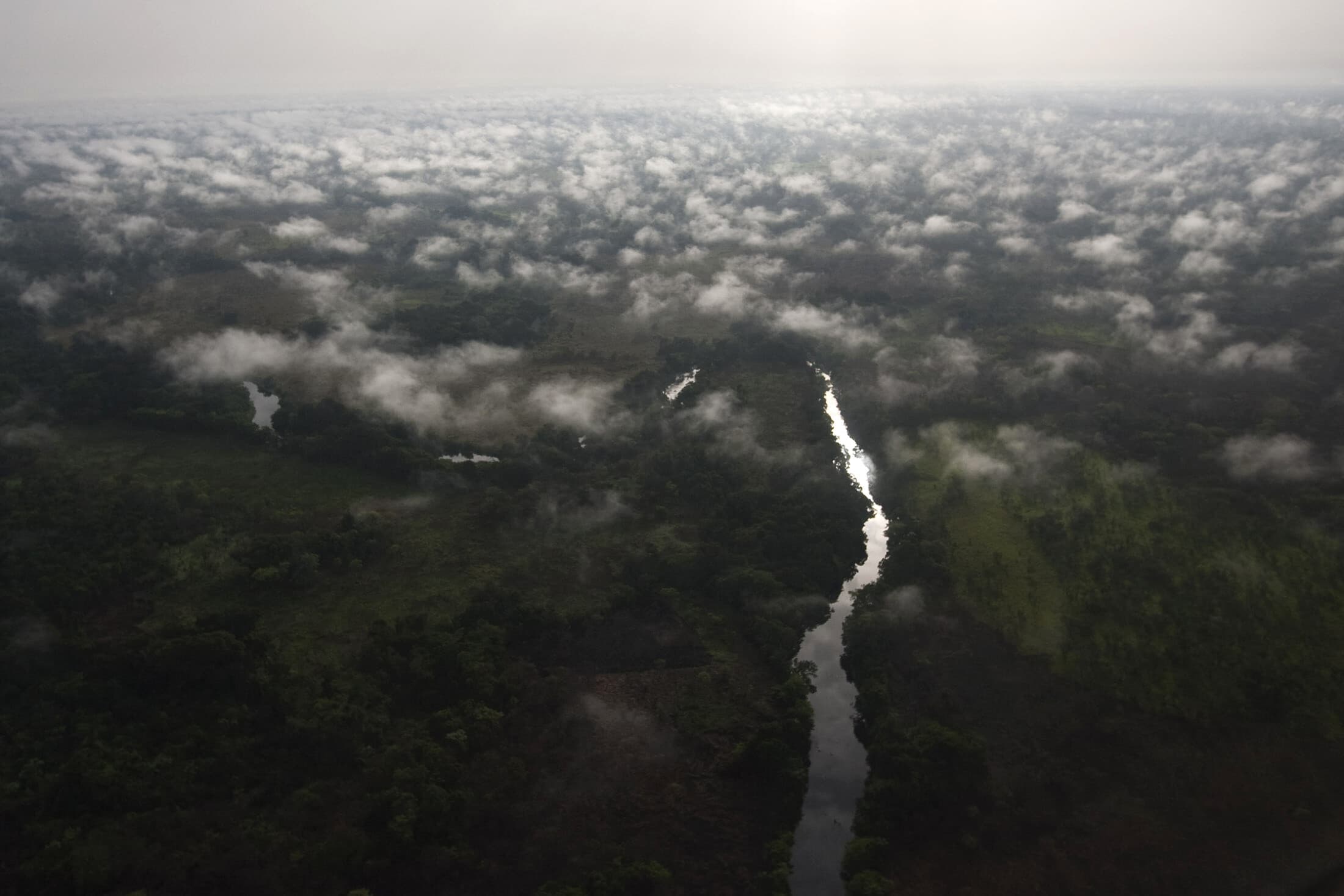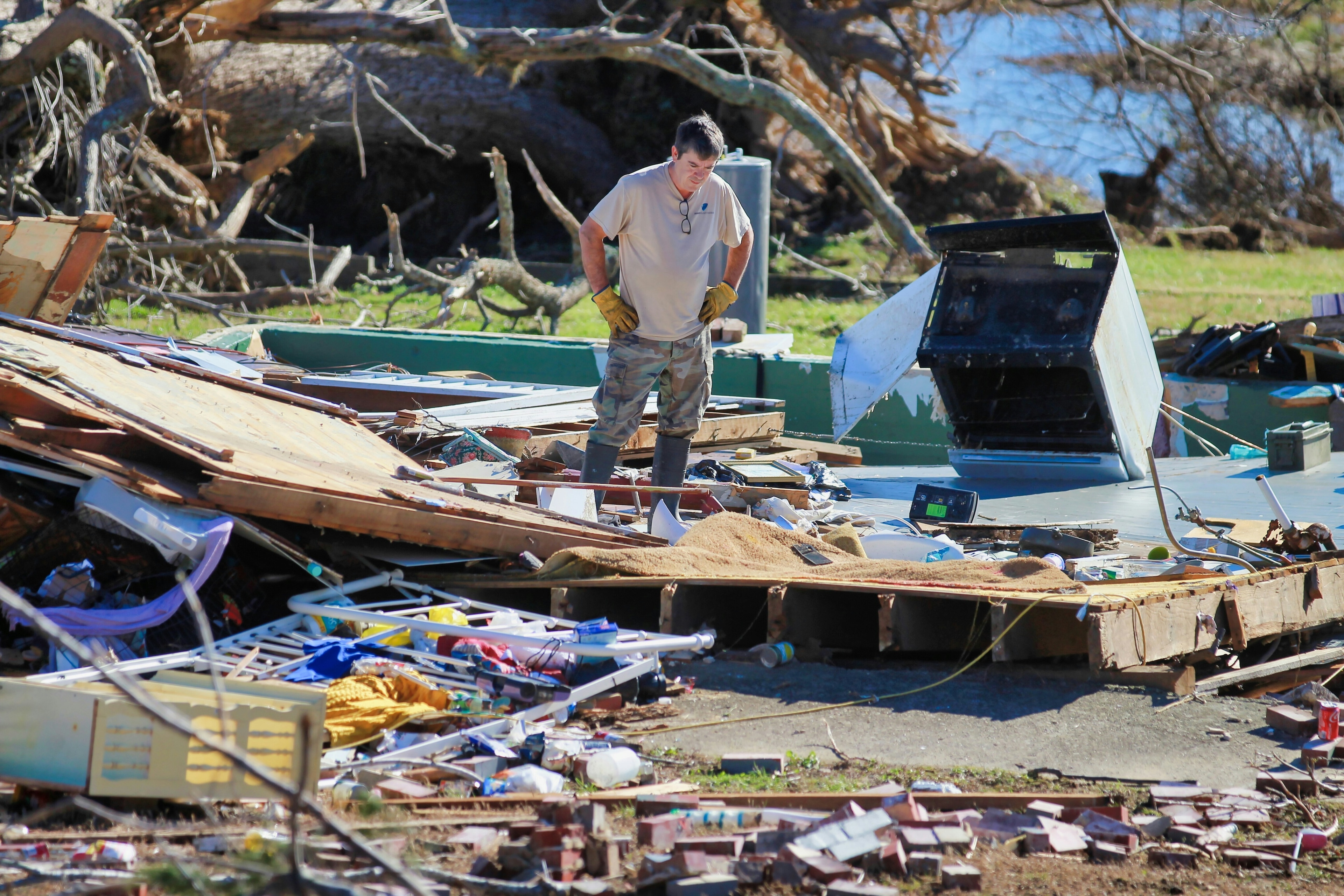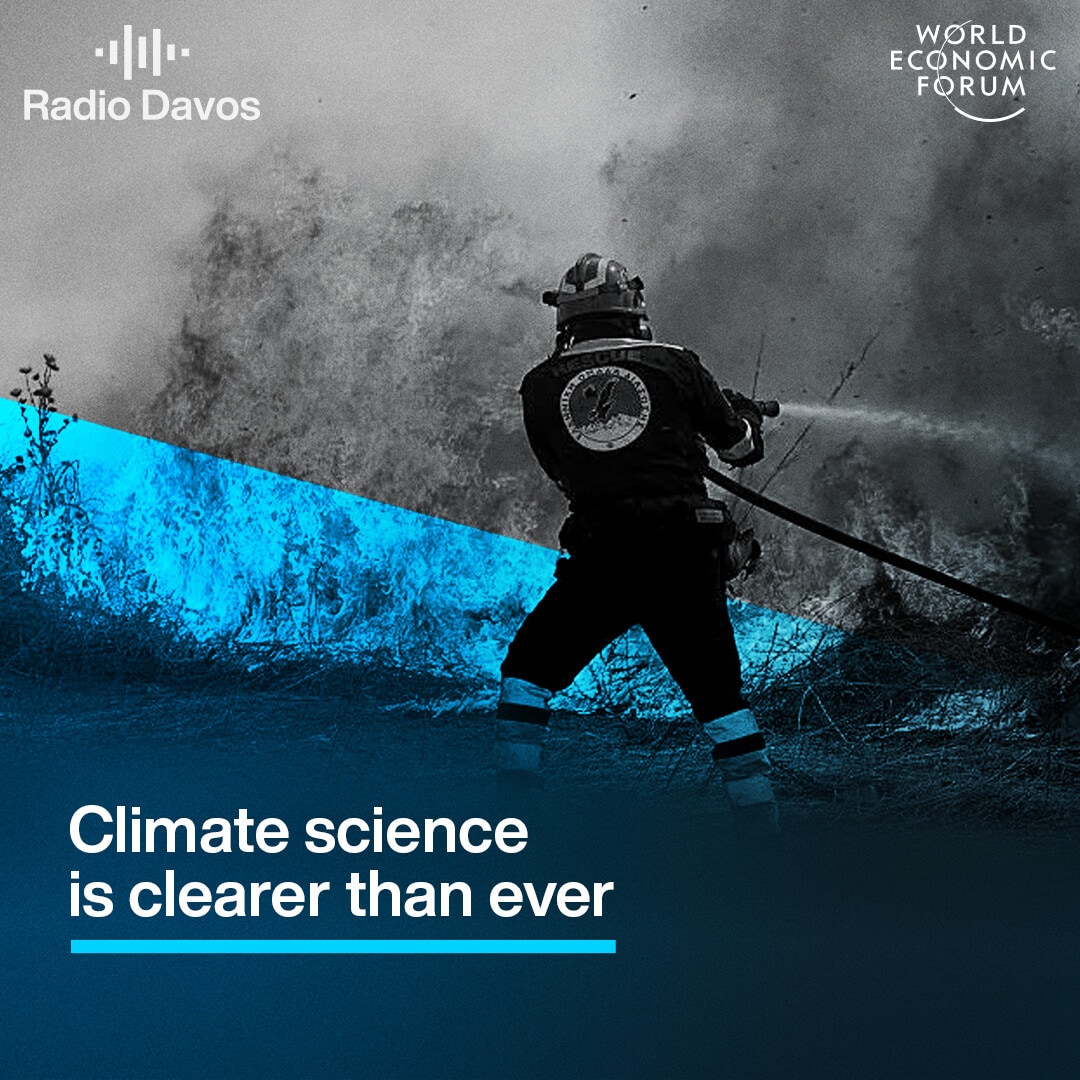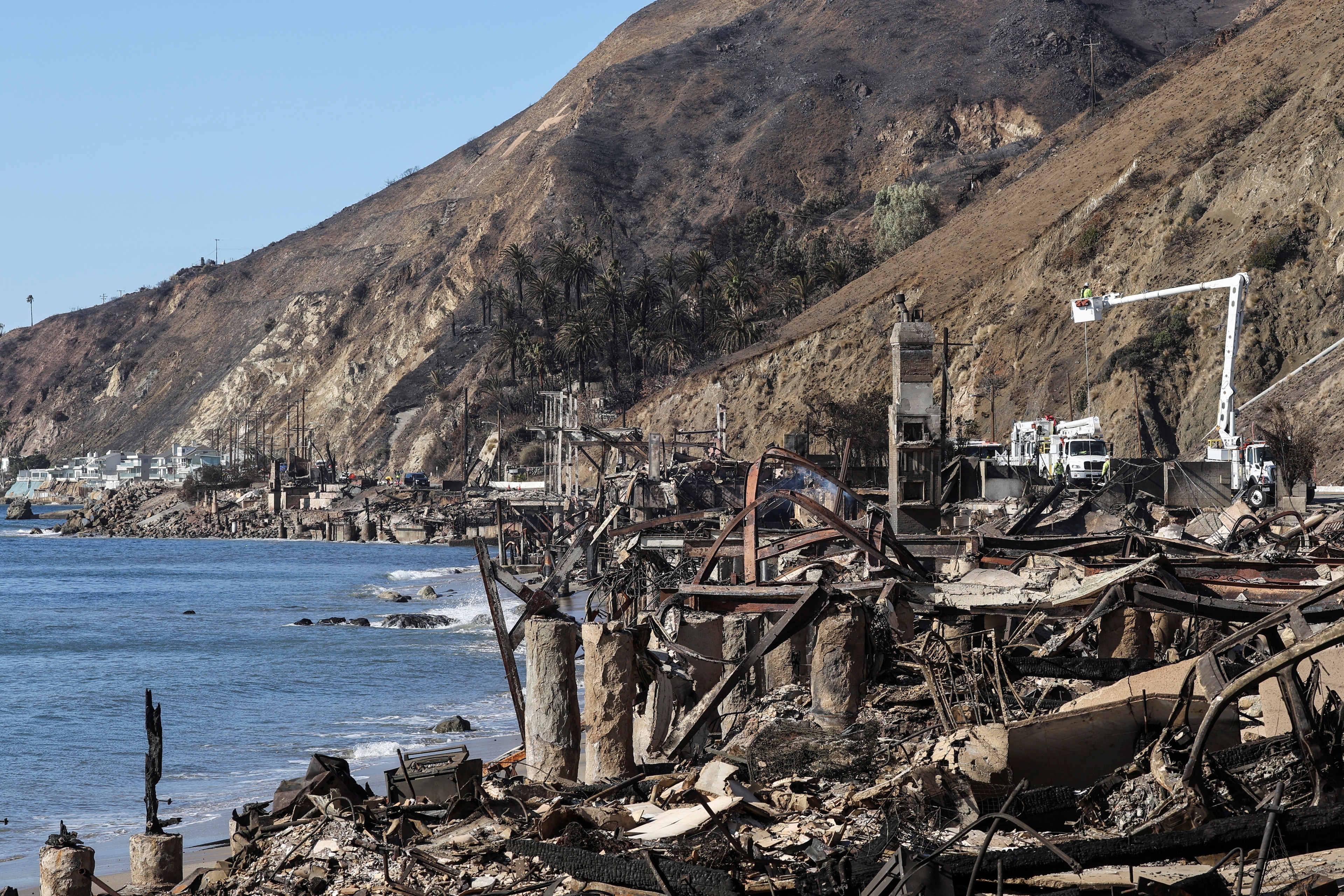A major climate milestone has been reached

Carbon dioxide levels will continue rising unless the world stops burning fossil fuels and starts planting trees.
Image: REUTERS/Torsten Blackwood
Stay up to date:
Climate Crisis
Greenhouse gases rose to a symbolic milestone in 2015, taking climate change into a new phase which could last generations even if governments act to curb man-made global warming, the U.N. World Meteorological Organization (WMO) said on Monday.
Globally averaged concentrations of carbon dioxide, the main man-made greenhouse gas, reached 400.0 parts per million (ppm) in the atmosphere for the first time on record and were 44 percent above levels before the Industrial Revolution, it said.
The relentless rise contrasts with accords by almost 200 governments to start reining in emissions, led by the Paris Agreement last year to phase out fossil fuels in favour of renewable energy in the second half of the century.
"The year 2015 ushered in a new era of optimism and climate action with the Paris climate change agreement. But it will also make history as marking a new era of climate change reality with record high greenhouse gas concentrations," WMO Secretary-General Petteri Taalas said in a statement.
"The key issue here is to go from this kind of political will to concrete action," he told a news conference in Geneva. "So far we haven't seen a major change in the behaviour."
An observatory at Mauna Loa in Hawaii, the main measuring station with records back to 1958, "predicts that carbon dioxide concentrations will stay above 400 ppm for the whole of 2016 and not dip below that level for many generations", the WMO said.
Carbon dioxide levels will continue rising unless the world stops burning fossil fuels and starts planting trees, said WMO's atmospheric environment research chief Oksana Tarasova.
"The technology is there. It's just human will. If we want we can do it," she said, recalling Europe's successful efforts to combat acid rain by tackling sulphur and nitrogen emissions.
"You can bend the curve. If you take an action and you sign a treaty and everybody follows their commitments. It's not magic."
Taalas said consequences of climate change, such as weather-related disasters, were set to continue even if emissions start to come down.
"We could see improvement in the 2060s if we start reducing emissions now," he said.
Man-made warming is blamed for causing heatwaves, downpours, droughts and rising ocean levels.
Worldwide in 2015, average levels carbon dioxide were at 400.0 ppm, up 2.3 ppm from 2014, the WMO said.
A powerful El Nino weather event, which warms the eastern Pacific Ocean, was also probably driving global rises in 2016. The El Nino is linked with more droughts and wildfires in the tropics, meaning less vegetation to absorb carbon dioxide.
A U.N. panel of climate scientists estimates that concentrations of carbon dioxide, methane and nitrous oxide are at their highest in at least 800,000 years.
"The real elephant in the room is carbon dioxide, which remains in the atmosphere for thousands of years," Taalas said.
Don't miss any update on this topic
Create a free account and access your personalized content collection with our latest publications and analyses.
License and Republishing
World Economic Forum articles may be republished in accordance with the Creative Commons Attribution-NonCommercial-NoDerivatives 4.0 International Public License, and in accordance with our Terms of Use.
The views expressed in this article are those of the author alone and not the World Economic Forum.
Forum Stories newsletter
Bringing you weekly curated insights and analysis on the global issues that matter.
More on Climate ActionSee all
Matilda Gennvi and Dan Andersson
September 1, 2025
Iyanuoluwa Aliu and James Balzer
August 29, 2025
Emily Bayley
August 28, 2025
Ekhosuehi Iyahen, Daniel Murphy and Andre Belelieu
August 27, 2025




